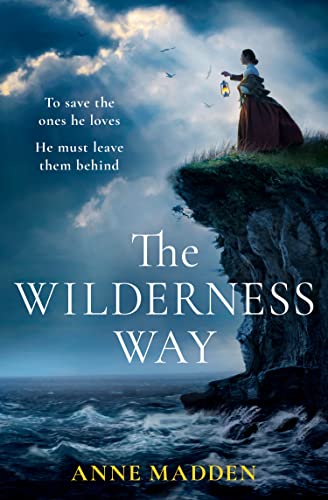The Wilderness Way
In Donegal, Ireland, forty-four Derryveagh families were cruelly evicted from their ancestral homes in 1861 by their landlord, John Adair. Madden tells the story of the Conaghan family. Declan became the head of his family a decade earlier when, at the age of ten, he found his father’s body in the ditch by the road – a victim of the Great Famine. With the help of his uncle Liam in America, Declan was able to scrape together his annual rent and provide a meager existence for his mother, sister, and brother Michael. Adair’s relationship with his tenants was contentious. Their impoverished homes were a blight on his stunning views of Lough Veagh, and their livestock would wander onto his grounds. Their presence hindered his vision of building a Balmoral-like castle. The murder of his land steward increased tensions. Convinced his tenants had knowledge of the murderer and because of their silence, he moved to evict them all, leaving them at the side of the road, destined for the workhouse or to emigrate.
The dreaded workhouse is the family’s only option until Declan receives a letter from his uncle Liam. There will be war between the States, and the wages he could earn appear to be the answer for the Conaghan family. Declan and Michael leave for America to join the Union army. Declan is motivated by revenge to someday return to Ireland and murder Adair.
This is a propulsive read. The real-life Adair is accurately portrayed in Madden’s telling of a heartbreaking time in Irish history. The cruelty and selfishness when he sent in his ‘crowbar brigade’ to flatten all the homes on his land are unprecedented. Glenveagh castle, built on the deserted land, stands today as a reminder of Adair’s cruelty, resulting in the displacement, deaths, and dispersal of these vulnerable Irish tenants.










